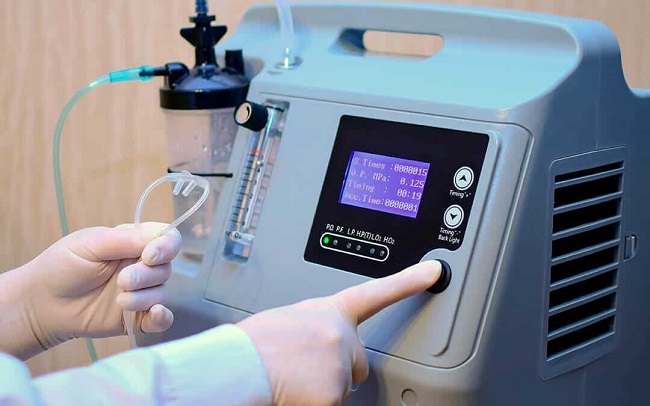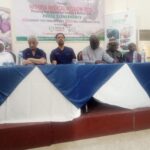The Lancet Global Health Commission, in its new report, on medical oxygen security said 5 billion people, 60% of the world’s population, currently lack access to safe, quality, affordable medical oxygen, with the greatest inequities in low- and middle-income countries (LMICs).
The report, ‘Reducing Global Inequities in Medical Oxygen Access’, said six out of every 10 people in the world lack access to safe, quality, affordable medical oxygen, which is contributing to hundreds of thousands of preventable deaths each year and reducing the quality of life for millions more.
Lancet Commission, in its new report, said globally access to medical oxygen is highly inequitable; the need for medical oxygen is high and concentrated in LMICs, and oxygen coverage rates are unacceptably low In LMICs as well as pulse oximeters and oxygen are available in just 54% and 58% of LMIC general hospitals.
The report, which provided the world’s first estimates of the large-scale and inequitable distribution of medical oxygen coverage gaps and the cost of closing the gaps, said global quantities of oxygen needed are large and rising costs to fill oxygen coverage gaps are large, and governments should collaborate with the Global Oxygen Alliance (GO2AL) to develop national plans to close medical oxygen coverage gaps.
The Commission, therefore, urged that pulse oximetry and medical oxygen coverage should be routine indicators in UN databases, collaboration to increase investment in 20 priority areas for oxygen innovation, and new tools to measure and evaluate Oxygen Coverage Indicators, among other things.
According to the report, “Five billion people, 60% of the world’s population, do not currently have access to safe, quality, affordable medical oxygen, with the greatest inequities in low- and middle-income countries (LMICs).
“Each year, 374 million newborns, children, and adults need medical oxygen, including 364 million patients with acute medical and surgical conditions, and nine million patients with long-term oxygen needs due to chronic obstructive pulmonary disease (COPD).
“Less than one in three (30%) people who need oxygen for acute medical or surgical conditions receive it due to gaps in service contact, readiness, provision, and quality. Coverage gaps are even higher in Sub-Saharan Africa (91%), South Asia (78%), and East Asia and the Pacific (74%).
“Pulse oximeters and oxygen are available in just 54% and 58% of LMIC general hospitals, and 83% and 86% of tertiary hospitals respectively, with frequent shortages and equipment breakdown, and practically non-existent in primary healthcare facilities.
“Even when available, pulse oximetry is provided infrequently in unwell patients attending LMIC general hospitals (19%) or tertiary hospitals (54%), and only 45% of patients with hypoxaemia in general hospitals and 79% of tertiary hospitals receive oxygen therapy.
“Pulse oximetry is the gateway to safe, quality, affordable oxygen care and needs to be integrated into clinical guidelines and education and routinely used to assess patients at all levels of healthcare.
“Global quantities of oxygen needed are large and rising. Patients with acute medical and surgical needs require a minimum of 1.2 billion cubic metres (Nm3) of medical oxygen annually, while the need for long-term oxygen therapy (COPD) is 3.2 billion cubic metres.
“Global costs to fill oxygen coverage gaps are large. An additional $US6.8 billion is needed annually to close oxygen coverage gaps in LMICs, equating to $US34 billion between 2025 and 2030. This does not include the substantial cost to meet the additional oxygen needed for pandemics.
“Oxygen represents a highly cost-effective investment. The case for investing in medical oxygen is strong—it is as cost-effective as routine childhood immunisation. It will accelerate progress on eight of the nine health-related Sustainable Development Goals (SDGs) and strengthen pandemic preparedness and response.”
ALSO READ FROM NIGERIAN TRIBUNE






